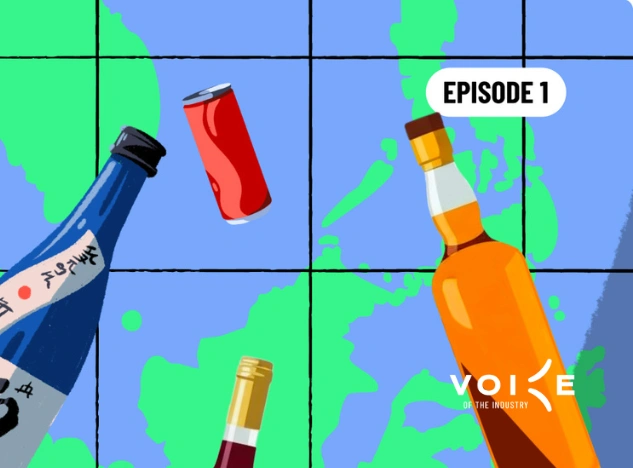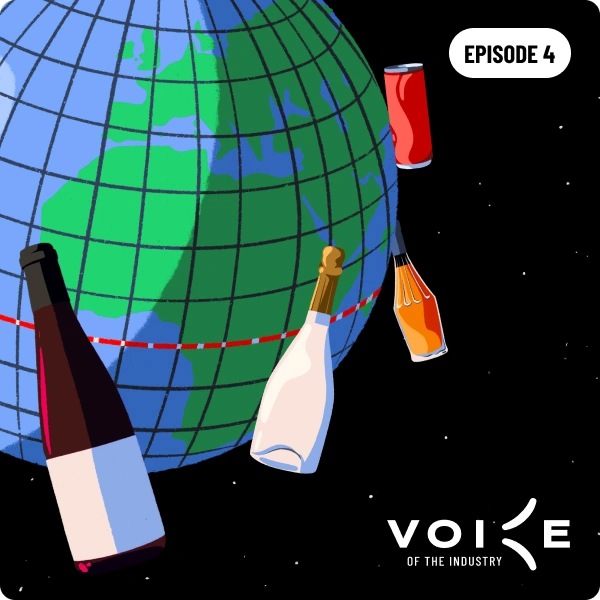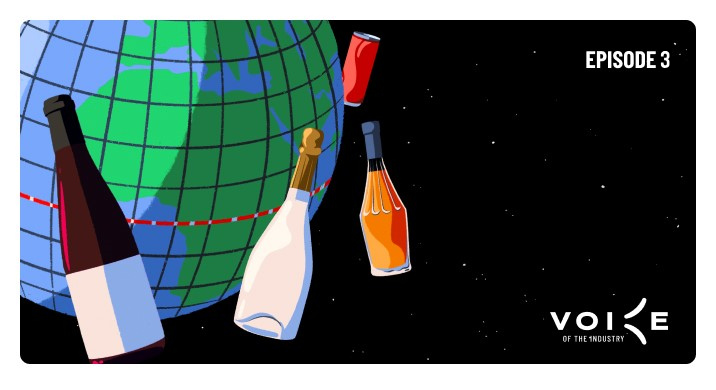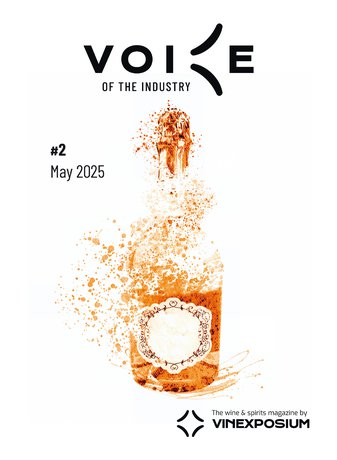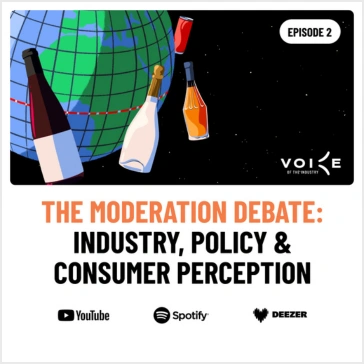Florida Drinks — How the dynamic and diverse U.S. State is helping to reinvent Wine and Spirits markets in the face of changing habits and global disruptions.
The “Sunshine State” offers a bright example of how to adapt to a fast-changing American wine and spirits market, revolutions in the industry and new consumer behaviours. Traditional categories waver under economic pressure, leaving room for innovative segments—agave-based spirits, premium RTDs, and low-/no-alcohol alternatives — to surge ahead. Uniquement en anglais.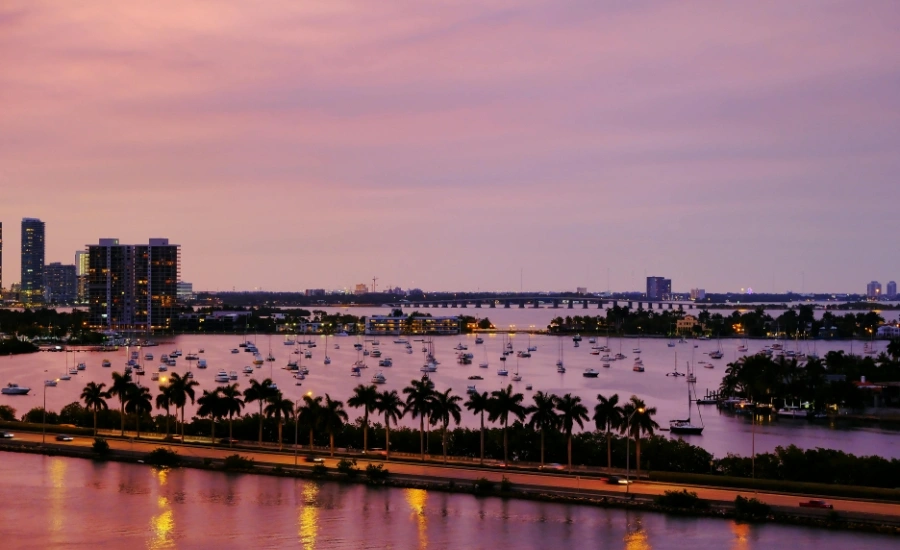
As the world evolves at breakneck speed, uncertainties spark innovation across industries — and the U.S. alcohol sector is no exception. In 2023, even as economic headwinds pushed many traditional segments to the brink, a surprising resilience emerged. Nowhere is this transformation more evident than in Florida: a vibrant and sun-drenched crossroads of cultures and consumption that is helping to redefine a market in flux by seamlessly blending tradition with bold new ideas.
Nationwide, declining figures in classic categories have nudged consumers toward novel experiences. Ready-to-drink beverages (RTDs) and low-/no-alcohol products are capturing the imagination with innovative flavours and user-friendly formats, promising refreshing alternatives that meet today’s demands. In this context, Florida stands out as a dynamic showcase for these emerging trends, where a delicate balance between quality and affordability is setting the pace for the industry.
Market dynamics, evolving consumer behavior
The broader U.S. market faced a challenging reset in 2023, characterized by economic pressures — from soaring inflation and higher interest rates to shrinking disposable incomes. Consumers were compelled to reexamine their spending habits. Traditional categories like still wine, premium whiskies, and beer recorded declines between 2.6% and 4.3%. Yet, two segments defied the downward trend: RTDs and low-/no-alcohol offerings. RTDs, in particular, have seen renewed consumer interest due to their innovative flavors, convenience, and strong appeal among younger drinkers who prize both quality and practicality.
A critical part of this transformation is the redefined “premiumization” strategy. Where previously premium brands enjoyed a linear upward trajectory, today’s economic climate has ushered in a nuanced approach. Consumers are now opting either to trade up within a realm of affordable luxury or to pivot entirely toward value-driven choices. In this scenario, agave-based spirits like tequila — and its trendy counterpart, mezcal—continue to outshine expectations, buoyed by robust growth figures and a refreshed premium narrative.
Strategic trends for a Turbulent World
Florida distinguishes itself with a perfect storm of demographic diversity, tourism business and logistical advantages. As the largest rum consumption market in the U.S. — accounting for 15% of the national total — the state is witnessing an extraordinary evolution. In Florida, traditional, price-sensitive segments are yielding ground to higher-quality expressions. Over recent years, premiumization in the Florida rum market has accelerated dramatically, with the “standard” segment growing from 15% in 2019 to 43% in 2024. Dark rum, in particular, is leading this transformation, indicating that both local and international brands are capitalizing on consumer readiness to invest more in refined, aged products.
Tourism underpins this dynamic. Millions flock to Florida each year, drawn by its sunlit skies, electrifying nightlife, and multicultural allure — each visitor adding to an ever-renewing customer base. This steady influx not only fuels demand for traditional categories but also propels innovative offerings like spirit-based RTDs.
Moreover, Florida’s world-class ports and distribution centers bolster its market stature by smoothing the import and export pathways for premium wines and spirits. Even amidst sporadic global trade disruptions, Florida’s strategic location ensures consistent flow — especially from Europe and Latin America — enabling brands to connect with an enthusiastic U.S. audience.
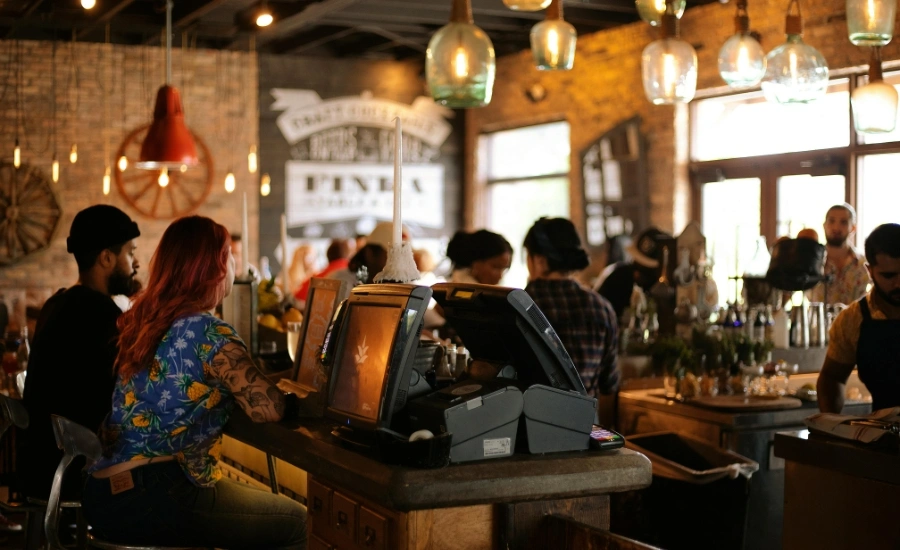
People in a bar, Miami @one shot
Premiumization, RTDs, new frontiers
Recent data shows that traditional spirits such as American whiskey struggle, forcing some consumers to either upgrade to ultra-premium options or shift to more budget-friendly alternatives. Yet another dynamic is emerging in Florida, with premiumization occurring at accessible price levels. For instance, tequila continues to thrive in its premium segment, albeit with a more tempered super-premium rise compared to markets like New York or California. This distinct pattern reflects a marketplace where quality and affordability coexist to create exceptional consumer value.
RTDs offer another optimistic outlook. Despite a short-lived softening earlier in 2024, Florida’s RTD market has rebounded robustly. With nearly 69% of RTD sales now coming in 355ml cans — formats ideally suited for beach clubs, pool parties, and festival settings — the category is solidifying its place as a key driver in on-premise sales.
Meanwhile, growing consumer interest in no- and low-alcohol beverages signals a broader shift toward health and wellness. Although Florida’s market in this category is still emerging, there is significant untapped potential. As lifestyle trends evolve, premium alternatives in the no- and low-alcohol segments may well experience rapid growth through targeted marketing, especially when positioned against Florida’s dual identity as both a luxury destination and an innovation hub for mixology.
Geopolitical and Economic upheaval
The U.S. wine and spirits market is influenced by forces that extend well beyond national borders. Geopolitical tensions, ongoing trade disputes and shifting global supply chains have a noticeable impact on market behavior. The resilience observed in 2023 was largely due to strategic adaptability: diversifying sources of supply, bolstering local production, and forging innovative international partnerships. In this challenging global landscape, Florida’s market displays exceptional agility. Its robust ties with Latin America and Europe offer a competitive edge, ensuring that premium imports remain steady even amid fluctuating international conditions.
While economic uncertainty forces consumers to tighten their belts, the combined strengths of local demand and a thriving tourism sector allow Florida to weather these pressures more effectively than other regions. Consumers in Florida appreciate the subtle interplay of accessible premiumization—a perfect blend of quality and value that mirrors broader trends towards an affordable yet aspirational lifestyle. Even as economic pressures persist, Florida’s dynamic strategy of innovation and premium positioning can serve as a model for the national and international industries.
Investment opportunities
For investors, the future of Florida’s beverage alcohol market looks exceptionally promising. Rising venture capital interest and the emergence of boutique distilleries underscore robust confidence in the region’s growth potential, even in the face of economic challenges. Florida’s ability to outperform national averages in premium segments—particularly in beer, rum, and tequila—cements its status as a hotspot for growth.
Additionally, the digital transformation in alcohol distribution via burgeoning e-commerce and efficient direct-to-consumer models boosts profit margins and strengthens consumer-brand relationships, laying the groundwork for sustained expansion.
Thus while we track the wider transformation of America’s wine and spirits market in real time, we should be particularly aware of the most adaptive strategies, emergent consumer trends, and a relentless push towards innovation. One great place will continue to be Florida, with its potent mix of tourism, strategic logistical advantages, and dynamic premiumization.
It can be seen as a model for not only navigating the challenges of global uncertainty, but for charting the course for the future of the industry. As traditional models give way to novel approaches and consumers balance quality with affordability, the Sunshine State will have a bright future guiding the evolution of the U.S. beverage alcohol sector.
Author: WorldCrunch / Storylab

